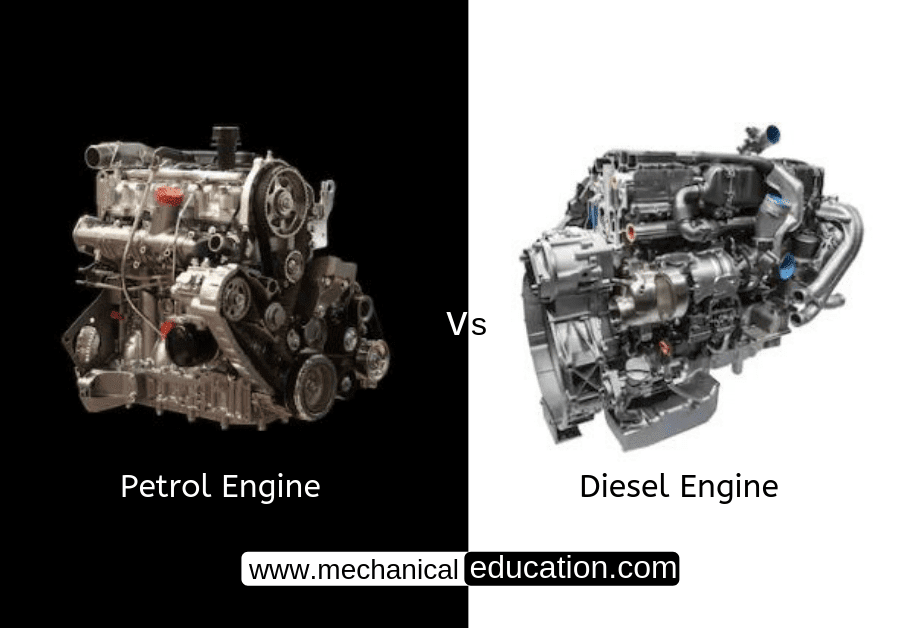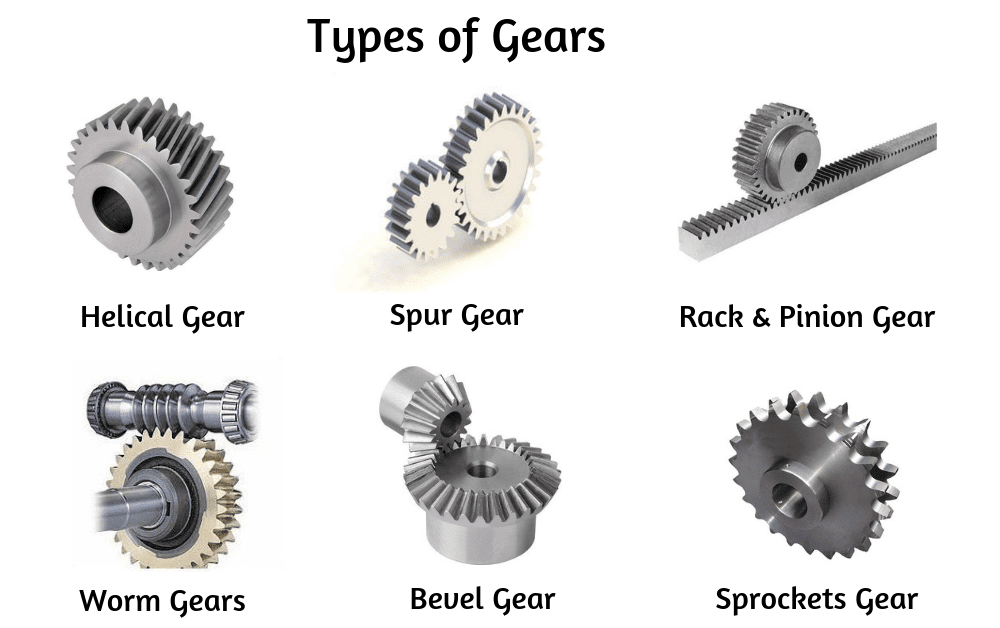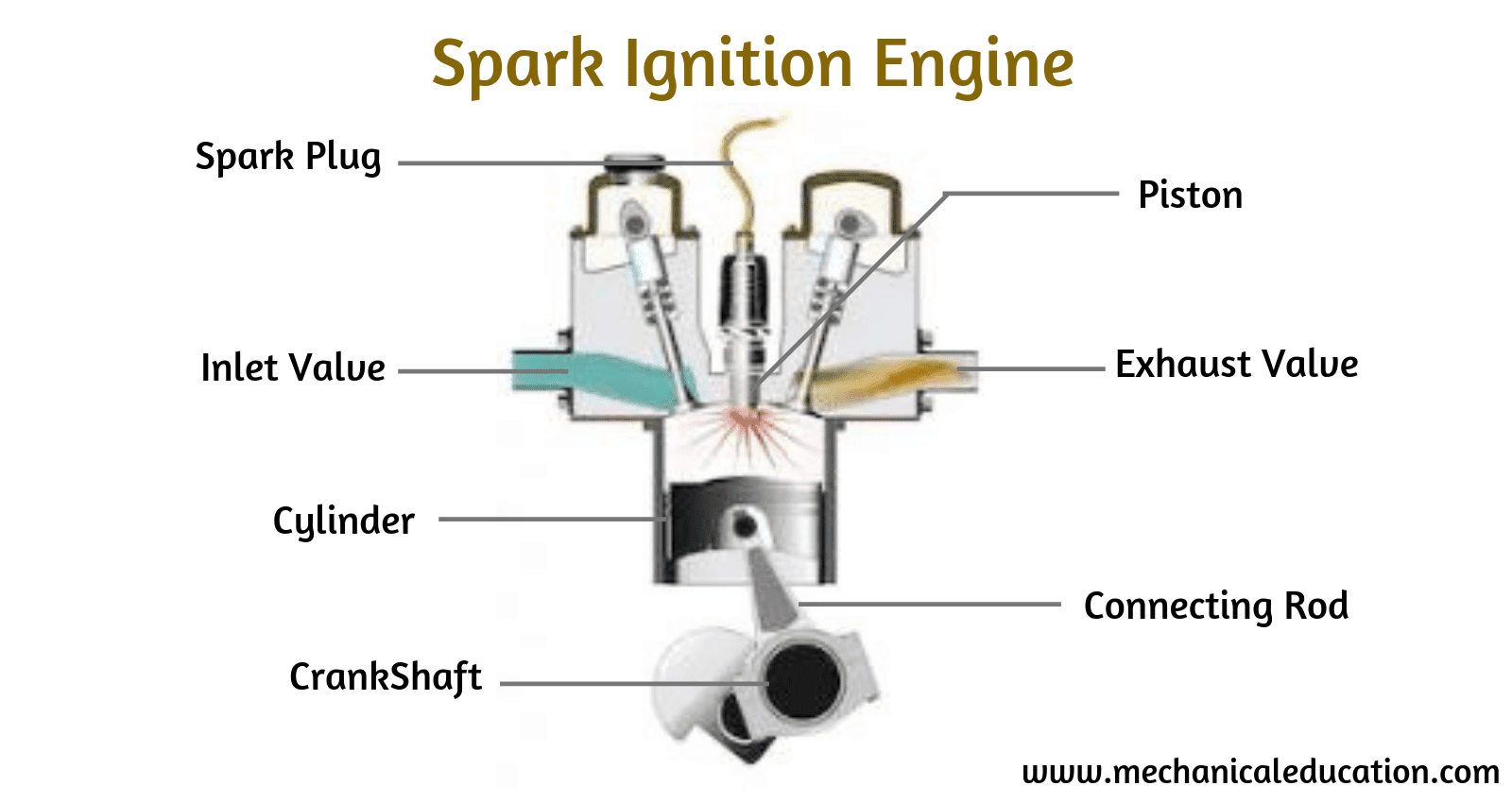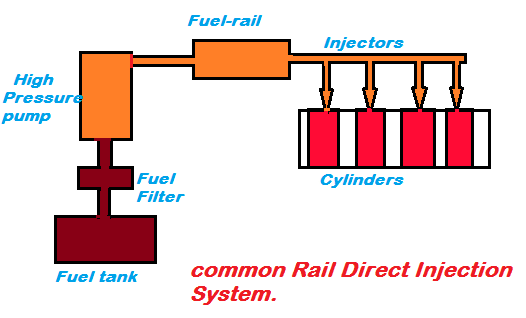Introduction: If you own a car, chances are you have heard of valve covers. But what are they and why are they important? Well, valve covers are an essential component of your engine as they control oil leakage from the cylinder head and prevent dirt particles from entering. In this blog post, we will explore what exactly valve covers do and why they’re so important for keeping your engine running smoothly.
What is a Valve Cover?
A valve cover, also known as a rocker cover or cylinder head cover, is a protective housing placed on top of the cylinder head of an internal combustion engine. It serves several important functions in an engine:
- Protection: The valve cover acts as a protective shield for various engine components, including the valves, camshaft, and rocker arms. It prevents dust, dirt, and debris from entering the engine, helping to maintain the cleanliness of these critical parts.
- Sealing: The valve cover is equipped with a gasket or seal that ensures an airtight and oil-tight seal between the cover and the cylinder head. This prevents oil leaks and maintains proper engine lubrication.
- Noise Reduction: It helps reduce engine noise by enclosing the valvetrain components and containing the noise generated during engine operation.
- Aesthetic Cover: In many modern engines, the valve cover serves an aesthetic purpose as well. Manufacturers often use it as a decorative cover, sometimes incorporating the engine’s branding or other design elements.
- Oil Filler Cap: The valve cover often includes an oil filler cap and, in some cases, a breather cap. The oil filler cap allows for the addition of engine oil when needed, while the breather cap helps vent excess pressure and gases from the engine’s crankcase.
Valve covers are typically made of metal or plastic, depending on the engine’s design and requirements. They are bolted or secured to the cylinder head using fasteners and provide easy access for maintenance and inspection of the engine’s valvetrain components and the camshaft.
Overall, valve covers play a crucial role in the proper functioning and longevity of an internal combustion engine by protecting sensitive components, preventing oil leaks, and contributing to the engine’s overall performance.
What Does a Valve Cover Do?
A valve cover is fitted over the cylinder head on an engine. It helps to seal off any gaps between the head and the cylinder block via gaskets placed between them. This ensures that no oil escapes during operation, which helps to prevent excessive wear on seals and gaskets due to oil degradation caused by heat build up from combustion events occurring inside each cylinder head chamber. The valve cover also assists in keeping internal components clean by preventing outside dirt particles from entering through gaps created without these covers being present during operation.
Why Are Valve Covers Important?
Valve covers play an important role in keeping your engine running smoothly as they help to reduce noise from the engine and keep it cool. Without them, your engine could overheat due to lack of lubrication or become damaged because of dirt particles getting inside the cylinders. Additionally, without a proper seal between the head and block, excess oil can escape which can lead to poor performance or even failure of certain components within the engine. Having reliable valve covers installed can help ensure your car runs more efficiently and last longer overall.
Insuring Proper Installation It is important that your valve covers be properly installed in order to make sure they work correctly and protect your engine from damage or overheating caused by oil leakage or dirt particles getting inside the cylinders. To do this, make sure that you use quality parts that are designed specifically for your vehicle model such as OEM (Original Equipment Manufacturer) gaskets made for that particular make/model vehicle; this way you can be sure that everything fits together perfectly without having to worry about compatibility issues with aftermarket parts! Additionally, if you’re unsure about how to install them yourself then take it into a professional mechanic who can insure proper installation for you!
Conclusion:
Valve covers are essential components of any car’s engine as they control oil leakage from around valves by sealing off any gaps between head and cylinder block via gaskets placed between them ensuring no oil escapes during operation preventing excessive wear on seals and gaskets due oil degradation caused by heat build up from combustion events occurring inside each cylinder head chamber whilst also assisting in keeping internal components clean from outside dirt particles entering through gaps created without these covers being present during operation. It is important to ensure that these parts are properly installed with quality parts made specifically for that make/model vehicle otherwise you risk poor performance or even failure of certain components within the engine! Taking care when installing these parts will help keep your car running smoother for longer so don’t forget about their importance!
Frequently asked questions (FAQ)
1.What is a valve cover in a vehicle’s engine?
A valve cover, also known as a rocker cover, is a protective component that sits on top of the cylinder head in an internal combustion engine. It encloses the valvetrain and helps seal the top of the engine to prevent oil leaks and contaminants from entering.
2.What is the purpose of a valve cover?
The main purpose of a valve cover is to protect and enclose the valvetrain components, such as the camshaft, valves, and valve springs. It also helps maintain a clean and lubricated environment inside the engine.
3.How does a valve cover prevent oil leaks?
A valve cover is sealed with a gasket that prevents oil from escaping the engine. It forms a tight barrier between the valvetrain and the outside environment, minimizing the risk of oil leaks onto the engine or ground.
4.Can a damaged valve cover gasket lead to oil leaks?
Yes, a damaged or worn valve cover gasket can result in oil leaks. If the gasket fails, oil can seep out and create puddles under the vehicle, leading to potential engine damage and environmental pollution.
5.How can I tell if my valve cover gasket needs replacement?
Signs of a failing valve cover gasket include visible oil leaks around the edges of the valve cover, burning oil smell, or a noticeable decrease in oil level between oil changes.
6.Can I replace a valve cover gasket on my own?
Replacing a valve cover gasket is a moderate-level DIY task, but it requires some mechanical skills and tools. It involves removing the old gasket, cleaning the mating surfaces, and installing a new gasket properly.
7.Does a valve cover serve any aesthetic purpose?
In addition to its functional role, some valve covers are designed to enhance the engine bay’s appearance. Car enthusiasts often opt for aftermarket valve covers to customize the engine’s look.
8.Can a valve cover affect engine performance?
While a valve cover’s main role is to contain oil and protect components, a damaged or improperly installed cover or gasket could potentially lead to oil leaks that affect engine lubrication and performance.
9.How often should I check and maintain my vehicle’s valve cover and gasket?
Regular visual inspections during routine maintenance are recommended to ensure there are no visible leaks or signs of gasket wear. Replace the gasket if you notice any issues.
10.Are there different types of valve covers available for different engines?
Yes, valve covers can vary in design, size, and material to accommodate different engine configurations. When replacing a valve cover or gasket, ensure you choose the correct one that matches your engine’s specifications.




